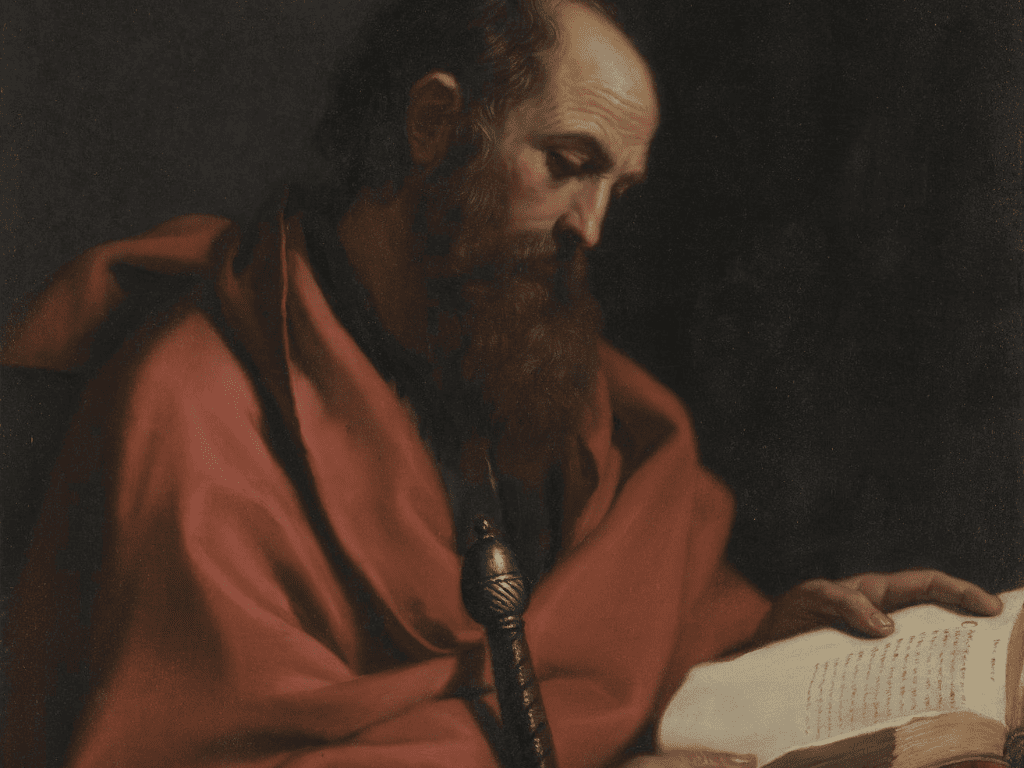
At some point during your faith journey, you’ve likely been asked a question somewhere along the lines of “why do you Catholics pray to saints?”
Saintly devotion is an integral aspect of our faith. But it can be perplexing to non-Catholics who may not fully understand this practice. To bridge the gap and help those in your circle comprehend the role of saints in Catholicism, it’s essential to explain the rich tradition, purpose and significance behind this act of veneration.
The Communion of Saints
Saintly devotion is so central to Catholicism that it’s embedded, word for word, in the Apostle’s Creed – which sums up the core beliefs of all the faithful.
To explain the concept of praying to saints, you can start by introducing the idea of the communion of saints. This is a fundamental belief in Catholic theology that recognizes the interconnectedness of all members of the Church, whether they are living on Earth, in purgatory, or in heaven.
Catholics believe that canonized saints, who are individuals recognized by the Church for their exceptional holiness, continue to be a part of this communion even after death. When Catholics pray to saints, they are reaching out to these holy individuals, seeking their intercession and guidance in their relationship with God.
It should be noted: the Church teaches all people in heaven are saints. But some are officially designated as having lived lives of heroic Christian virtue and are thus worthy of imitation and veneration.
Intercession, not worship
It’s crucial to clarify that Catholics do not worship saints.
Worship is reserved exclusively for God. Instead, when Catholics pray to saints, we are asking for their prayers and intercession on our behalf.
Just as you might ask a friend or family member to pray for you during a difficult time, Catholics believe that saints can intercede on their behalf with God due to their closeness to Him.
By doing so, we express their belief in the power of prayer and the understanding that saints can empathize with our struggles.

Role models and inspiration
Another way to explain the practice of praying to saints is by highlighting the part they play as role models and sources of inspiration.
Saints are not just abstract figures from the past; they are individuals who led virtuous lives, faced challenges, and overcame them through their faith. Their stories can serve as a source of inspiration and guidance in our own spiritual journeys.
By praying to saints, we seek to emulate their virtues and gain their guidance in living a more Christ-like life.
Specialized intercessors
Catholics often pray to specific saints who are associated with particular concerns, professions or circumstances.
For example, St. Anthony is the patron saint of lost items. St. Jude is known as the patron of desperate causes. St. Paul is patron of missions, writers and publishers. St. Thérèse of Lisieux is the patron saint of missionaries.
This personalized aspect of devotion to saints allows us to seek intercession for specific needs or challenges we may be facing.
The greatest saint
Mary holds a unique and revered position among all the saints. As the Mother of Jesus Christ, the Son of God, she has a role unlike that of any other saint. Mary’s significance can be understood in several ways:
- Immaculate Conception: The dogma of the Immaculate Conception states that Mary was preserved from original sin from the moment of her conception. She went on to live a life without sin, making her a pure and holy vessel chosen by God to bring His Son into the world.
- Mother of God: Catholics believe that Mary gave birth to Jesus, who is both fully human and fully divine. This divine motherhood sets her apart and emphasizes her extraordinary closeness to God.
- Mother of the Church: At the crucifixion of Jesus, He entrusted Mary to His beloved disciple John and by extension to all believers. In this sense, Mary is seen as the spiritual mother of all Christians, representing the caring and intercessory role she plays in the life of the Church.
When Catholics refer to Mary as the greatest of all saints, it is in recognition of her exceptional virtues, her unwavering faith, and her pivotal role in the salvation narrative. Her “yes” to God’s plan at the Annunciation and her steadfast support for Jesus throughout His life are emblematic of her extraordinary holiness.
This status as the greatest saint is not meant to diminish the importance of other saints but to acknowledge her unique position as the Mother of Christ. Many saints’ holiness can be attributed in large part to their own Marian devotion.
Tradition and history
The veneration of saints has been a part of Catholicism for centuries, dating back to the early Church. The recognition of saints by the Church, their feast days, and the construction of churches and shrines in their honor are all rooted in a deep historical tradition.
This tradition provides a sense of continuity and connection with the Church’s historical roots, enhancing the spiritual experience for all Catholics.
